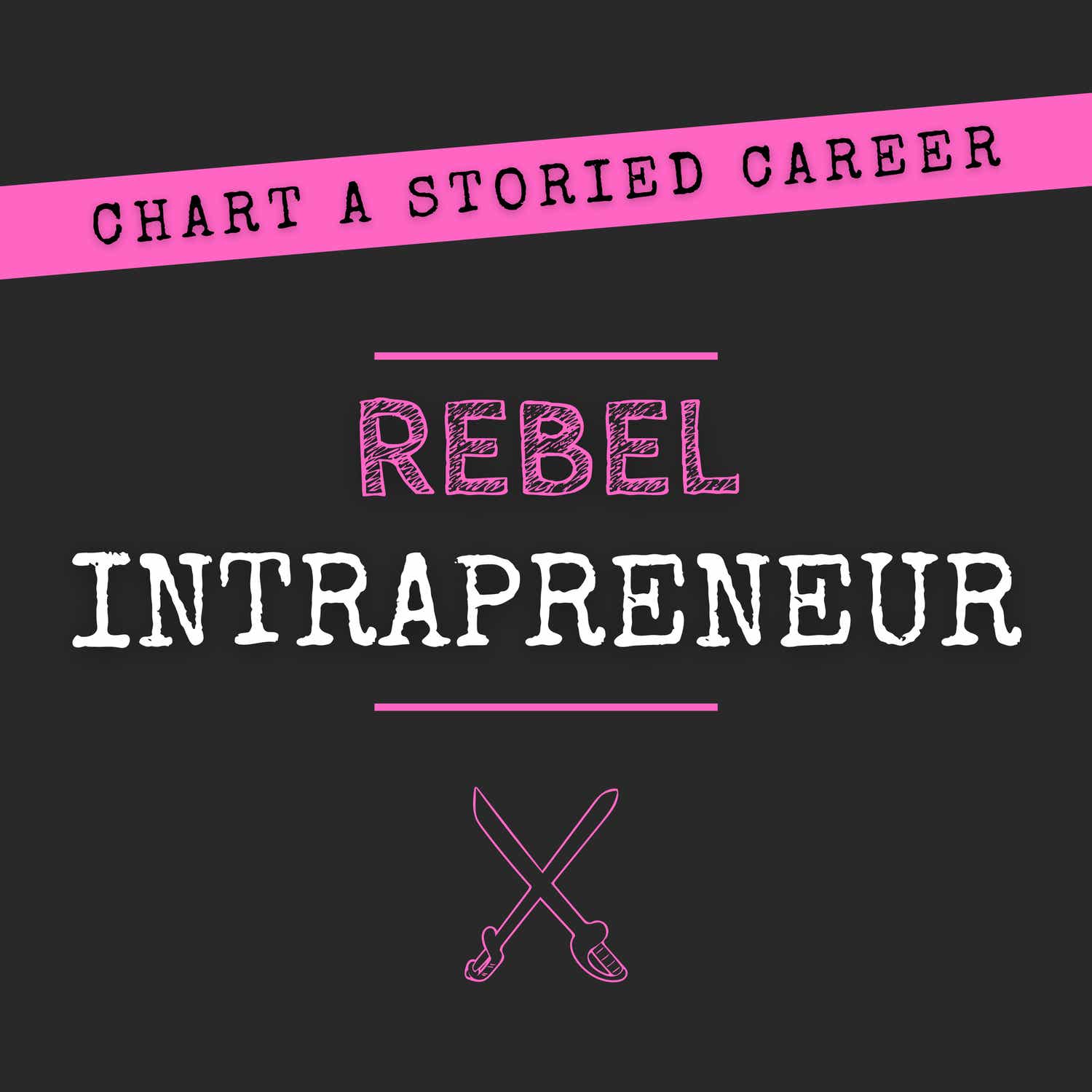081 Sorry BambooHR - Rebel intrapreneurs do not accept The Great Gloom
Description
Rebel Intrapreneurs use the Strategyzer Business Model Canvas FigJam template to turn possibilities into plans. Learn about the business model canvas FigJam template here and Try FigJam for free: https://psxid.figma.com/d8auy7
Jason Lemkin posted about BambooHR's survey, saying employee happiness is at a three-year low. BambooHR even called it, “The Great Gloom.” The Great Gloom? Thanks for the pep talk, sunshine. Is it really that bad, or just a tiny dip in a bigger upward trend? And seriously, what even is employee happiness, and does it really matter for a company's performance? I mean, people don't quit their jobs the minute they're unhappy, right? On the other hand, layoffs, stress, and pressure from higher-ups can certainly lead to anxiety and all that.
So, I dug a bit deeper. Checked out a few reports—BambooHR, Gallup, and the Conference Board. Turns out, they all tell slightly different stories about 2023. A mixed bag.
Now, here's the real question for rebel intrapreneurs: What can we do with this info?
I ask that question because I don’t accept The Great Gloom. I know that Rebel Intrapreneurs have enough agency in our spheres of influence that we can make a difference.
Cracking the Employee Engagement Code with Agency
First off, Quantum Workplace developed a cool model with six key drivers of employee engagement.
These are:
* The leaders of their organization are committed to making it a great place to work.
* Trust in the leaders of the organization to set the right course.
* The belief that the organization will be successful in the future.
* Understanding of how I fit into the organization’s future plans.
* The leaders of the organization value people as their most important resource.
* The organization makes investments to make employees more successful.
And they can be boiled down into two categories: "I trust leadership" and "Leadership cares about me." Nice and simple.
Let’s look at each and how Rebel Intrapreneurs can use them to maximize employee engagement.
My belief in leadership
Three of the drivers of employee engagement are about whether, and to what degree, employees believe in leadership’s ability to “steer the ship” successfully. In the context of Maslow’s Hierarchy of Needs, people want to know they have a place to live and pay their bills and have a base level of safety and security. If leaders understand and respect these needs, then leaders also know that part of addressing those needs is to persuade people to believe that the organization will be successful.
Knowing this, let’s look at three of the key drivers of employee engagement together:
* The leaders of their organization are committed to making it a great place to work.
* Trust in the leaders of the organization to set the right course.
* Belief that the organization will be successful in the future.
Notice how these drivers are about employee expectations for how the leadership team should act. People want to believe in the mission and the ability of leadership to make progress towards that mission. Pay attention rebel Intrapreneurs, this is on us. We must go beyond the superficial employee engagement tropes, and be conscious of how we instill confidence in our people that we know what we are doing, even when we don’t have all the answers.
OK, so how?
Quantum Workplace did some research on best practices for improving employee engagement that leadership teams should put into practice. These are:
* Inspire committed and aligned leaders
* Prioritize regular communications with employees
Let’s talk about each
First: Inspire committed and aligned leaders
It all starts with leadership. Of course that means the leadership / Exec team. But we rebel intrapreneurs can lead by example too. When you want to implement or communicate anything throughout your organization, we have to involve other leaders. We cannot skip layers of people. Going through managers is how we scale anything in our organizations. Yo
More Episodes
Rebel intrapreneurs can make a huge impact in any function or any role. There are no constraints, other than one’s creativity and passion for making a difference.
One rebel intrapreneur path is to CEO.
Johnny Page, CEO of SaaS Academy is a self-described intrapreneur who pursued and became CEO...
Published 08/27/24
Published 08/27/24
The one question we have not explored on this podcast, for obvious reasons, is whether one should be a rebel intrapreneur in the first place? Maybe we shouldn’t. Erin Andrea Craske makes the case that pursuing a rebel intrapreneurial career is a recipe for stress and disillusionment.
In one part...
Published 08/02/24


